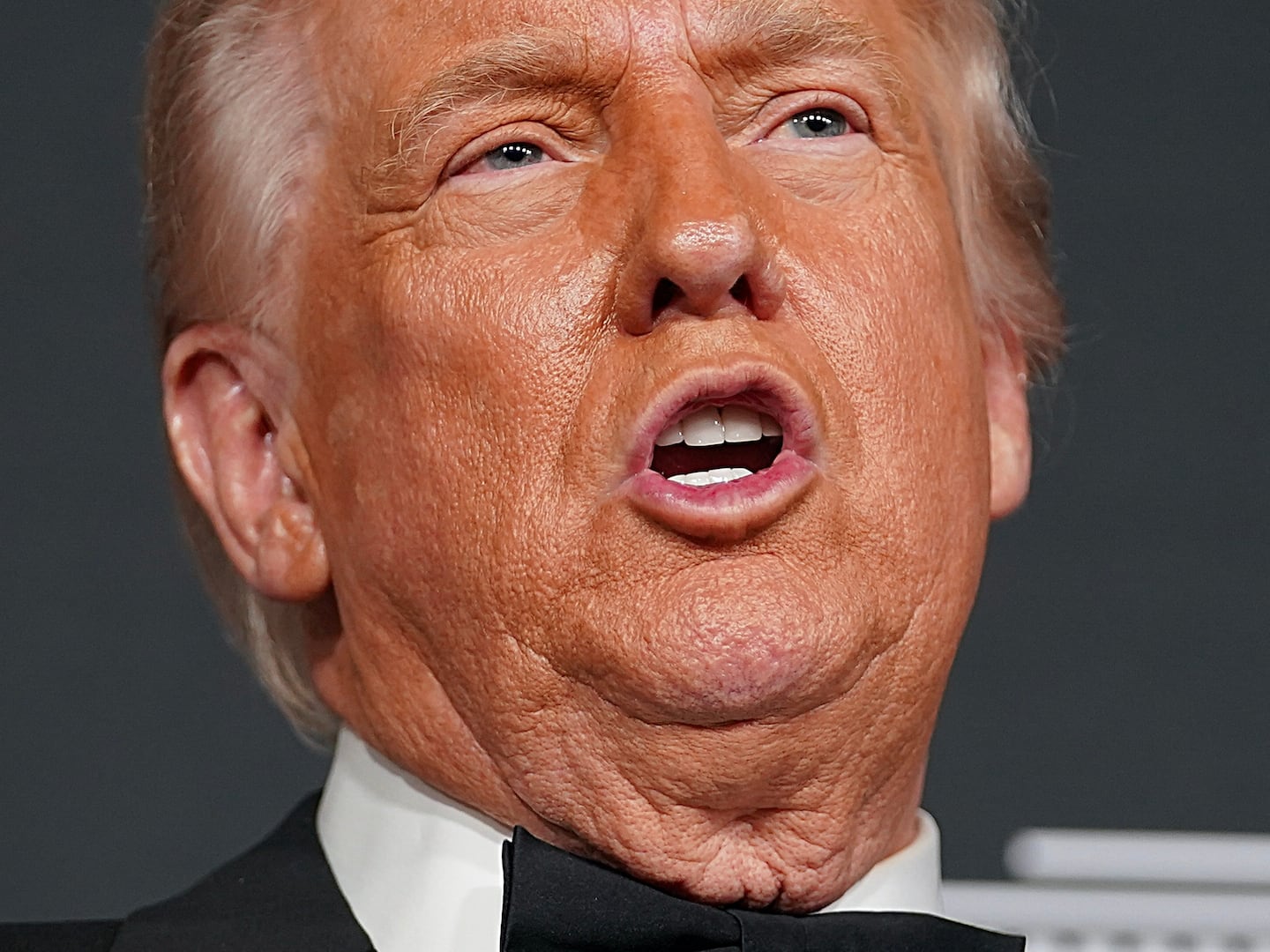As former Minneapolis cop Derek Chauvin and his colleagues pinned George Floyd on the ground for over nine minutes, the 46-year-old Black man’s airflow was so restricted it was “as if a surgeon had gone in and removed” his lung, a renowned pulmonologist testified Thursday.
“A healthy person subjected to what Mr. Floyd was subjected to would have died as a result of what he was subjected to,” Dr. Martin Tobin, a pulmonary critical care doctor and national breathing expert from Illinois, said after being asked whether a person with no pre-existing conditions would have survived the May 25 arrest.
In a blow to the defense case, Tobin, a prosecution witness, told jurors in Hennepin County court that he believed low oxygen levels caused Floyd’s death, rather than drugs or pre-existing conditions. He spent hours breaking down, second by second, how Chauvin’s knee on Floyd’s neck for the “vast majority of the time” eventually caused a “low level of oxygen” and ultimately brain damage. He even pinpointed the moment—when Floyd’s eyes can be seen flickering and then closing— that he said was Floyd’s last moment alive.
Tobin said that the maneuver of pressing a second knee against the left side of Floyd’s body, against his chest and lung, restricted airflow so much that it was akin to Floyd having a surgical procedure in the middle of the street.
“So basically on the left side of his lung, it was almost like a surgical pneumonectomy to me,” Tobin said. “So there was virtually very little opportunity for him to be able to get any air to move into the left side of his chest.”
Tobin’s testimony came after several days of testimony from current and former Minneapolis police officials, and use-of-force experts, who all said Chauvin used excessive force that was not part of his training and was “totally unnecessary” once Floyd had stopped resisting.
Chauvin, 45, is on trial for second and third-degree murder as well as second-degree manslaughter after holding his knee on Floyd’s neck during an arrest over a counterfeit bill. Three other officers—Tou Thao, Thomas K. Lane, and J. Alexander Kueng—will face a trial in August.
Eric Nelson, Chauvin’s defense lawyer, has argued that Floyd’s death was partially a result of health issues and drugs—and that his client was simply doing what “he was trained to do throughout his 19-year career.”
On Thursday, Tobin said there were four main reasons why Floyd died: Chauvin’s left knee on Floyd’s neck, Floyd’s prone position during the arrest, Chauvin’s right knee on Floyd’s back, arm, and side, and the combination of handcuffs and the roadway restricting Floyd’s movement.
He estimated that Chauvin put about 91.5 pounds—half of his body weight—solely on Floyd’s neck, and Floyd’s feet could be seen lifted off the ground as a result.
All combined, Tobin said, Floyd’s ability to expand his lungs during a stressful situation was limited and his hypo-pharynx, or the part of the throat where air can pass through, was narrowed.
“Whether it’s on the back, against the side, and down on the arm, all of these are just going to markedly impair your ability to be able to move your chest,” he said. “You just can’t do it. It’s all rammed in.”
He explained how a 46-year-old can sustain about 60 percent narrowing of their airways without dramatically increasing their effort to breathe. But during Floyd’s arrest, his airway was restricted by 85 percent, which Tobin said means “the effort to breathe increases seven-and-a-half times compared with what it was with no narrowing.”
“Based on the formula here, you can tell that as you are narrowing and narrowing, the effort to breathe is going to become extraordinarily high and at some stage unsustainable,” Tobin added. “You’re just not going to be able to do it.”
Tobin said Floyd’s pre-existing health conditions and the fentanyl in his system were not relevant to his death. Nelson probed him on whether fentanyl and methamphetamine could have contributed to Floyd’s labored breathing, but Tobin said there was no evidence of fentanyl causing depressions in Floyd’s breath.
When prosecutors asked if Floyd was in a coma, which occurs during a fentanyl overdose, Tobin said he wasn’t—handing yet another blow to the defense’s argument that Floyd’s death was partially due to an overdose.
Daniel Isenschmid, a forensic toxicologist who did the lab tests for Floyd's case for the Hennepin County medical examiner, also testified on Thursday that the fentanyl levels were not lethal.
Floyd’s blood had fentanyl and methamphetamine levels typically found in intoxicated drivers who didn’t die, he said. Under cross-examination, he conceded Floyd could have taken fentanyl earlier, allowing the drugs time to break down in his system, before taking the drug again before his death.
When paramedics finally arrived at the scene, Chauvin had to be instructed to get off Floyd. Prosecutors stated that when Floyd was loaded into the ambulance, he had no pulse.
The Hennepin County Medical Examiner concluded Floyd died of cardiac arrest from the restraint and neck compression, also noting that Floyd had heart disease and fentanyl in his system. An independent report commissioned by Floyd’s family, which will not be shown at trial, concluded that he died of strangulation from the pressure to his back and neck. Both reports determined Floyd’s death was a homicide.
Jurors in the trial have also heard from several bystanders who emotionally described how they repeatedly asked Chauvin to remove his knee and to check Floyd’s pulse during the arrest. Among the group were an off-duty Minneapolis firefighter and EMT—who said she was ignored after repeatedly offering her assistance—as well as an MMA fighter who tried to explain that Chauvin’s chokehold was cutting off Floyd’s circulation. Several teenagers also testified how they begged the officers to stop as Floyd was “gasping for air.”








